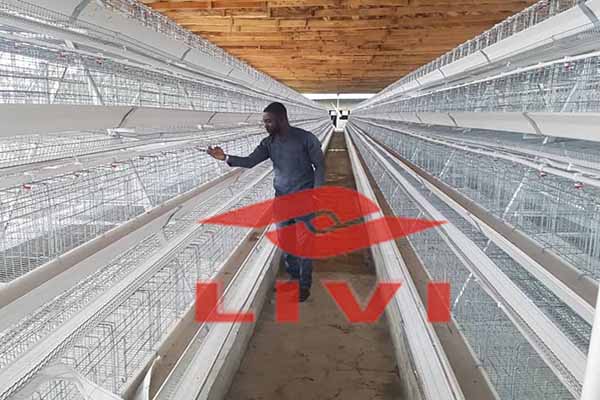Optimizing Layer Farming Structures in Kenya: A Comprehensive Guide
Understanding the Layer Farming Structure in Kenya
Layer farming, the practice of rearing hens for egg production, is a significant industry in Kenya. It has evolved with various farming structures adopted by farmers. However, understanding these structures is crucial for any potential investor or chicken farm owner.
Kenya’s layer farming structures generally include:
– Free-range farming: Where hens roam freely in open areas, enhancing their health and the quality of eggs.
– Barn or confined systems: Where hens are kept in a controlled environment for efficiency.
– Layer pens: Enclosed areas where hens are grouped and monitored closely.
Key Factors for Layer Farming Structures in Kenya
Several factors influence the selection of a farming structure in Kenya:
– Climate: The structure should be able to withstand Kenya’s diverse climate.
– Cost: Budget considerations play a crucial role in choosing a structure.
– Technology: Incorporating modern technology can increase productivity.
Here’s a brief comparison of these structures:
| Farming Structure | Pros | Cons |
|——————-|——|——|
| Free-range | Improved egg quality, healthier hens | Higher risk of predators, lower egg yield |
| Barn | Lower predation risk, consistent egg yield | Higher capital and maintenance costs |
| Layer Pens | Economical, better control over the environment | Lower space efficiency, less natural behavior |
Best Practices for Layer Farming Structures in Kenya
To optimize layer farming structures in Kenya, consider the following:
– Climate Control: Install efficient cooling systems for hot seasons and heating for colder periods.
– Sanitation: Ensure proper waste management to maintain hygiene.
– Ventilation: Proper air circulation reduces stress on hens and prevents disease.
– Space: Adequate space for hens ensures comfortable living conditions.
According to the Kenya Veterinary Services (KVS), layer farms with good farming structures can achieve a hen survival rate of 90-95%, which is higher than the average 80-85% survival rate.
Case Study: Successful Layer Farming Structure in Kenya
The ABC Chicken Farm in Kenya is a prime example of successful layer farming. They adopted a mixed farming structure, combining elements of free-range and confined systems. Their strategies include:
– Climate-friendly buildings: Using eco-friendly materials and designs.
– High-quality feed: Ensuring the hens have a balanced diet for better egg production.
– Regular health check-ups: Maintaining the hens’ health for consistent egg yields.
As a result, ABC Chicken Farm has seen an impressive 95% hen survival rate and a 20% increase in egg production compared to traditional methods.
Conclusion
Optimizing layer farming structures in Kenya requires a strategic approach. By understanding the key factors and adopting best practices, investors and chicken farm owners can increase their farm’s profitability.
For a tailored layer farming structure and equipment quotation, contact LIVI Mechanical for a free consultation.





